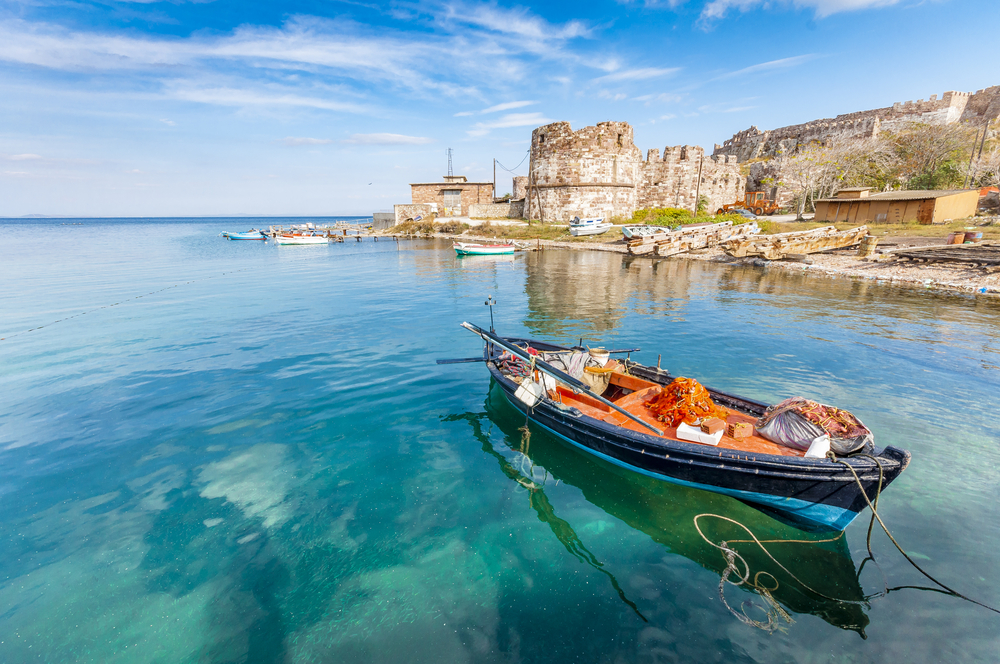Greece has 227 islands, no two of which are the same except for the brilliant blue waters and world class beaches. Here’s where you should go, and what you should do
Go shopping, photo-snapping
Santorini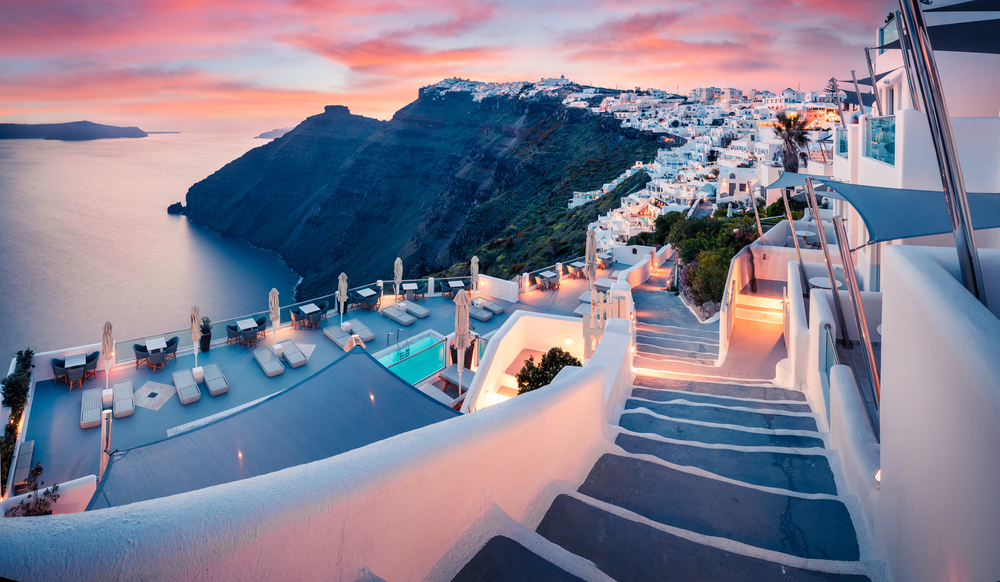
Binge on Greek cuisine
Crete
The largest of the Greek islands, Crete’s distinct local culture is apparent in its wonderful old towns like Chania and Rethymno. There are deserted beaches (especially on the south coast), unspoiled mountain villages and, by far, the best food among all Greek islands. The cuisine relies heavily on herbs, olive oil and seasonal produce. Try the fasolakia, fresh beans cooked gently with olive oil and tomato. Or, if you are adventurous, snails with cracked wheat.
Hit the dance floor
Mykonos
A cross between Capri and Ibiza, Mykonos easily boasts of the best beaches and the craziest nightlife in the country. The sleepy fishing towns on this paradise-island gave way to the jet-set party lot years ago; today, it has settled into a mainstream tourism destination. Be sure to visit Chora, the capital, with its shops, restaurants, bars, galleries and white-washed alleys with grape vines and bougainvillea dripping down walls.
Walk back in time
Hydra
Hydra is easily one of the prettiest Greek islands, with unique and well-preserved architecture. Many famous people made Hydra their home, and their houses dot the hills surrounding the harbour. Cars and motorbikes are banned on the island, mules being the transportation of choice for tourists. Some of the beaches can only be accessed by sea-taxi, but the harbour is where most people go to swim. This is an island geared for relaxation, rather than nightlife.
Visit the stunning set of Captain Corelli’s Mandolin
Cephalonia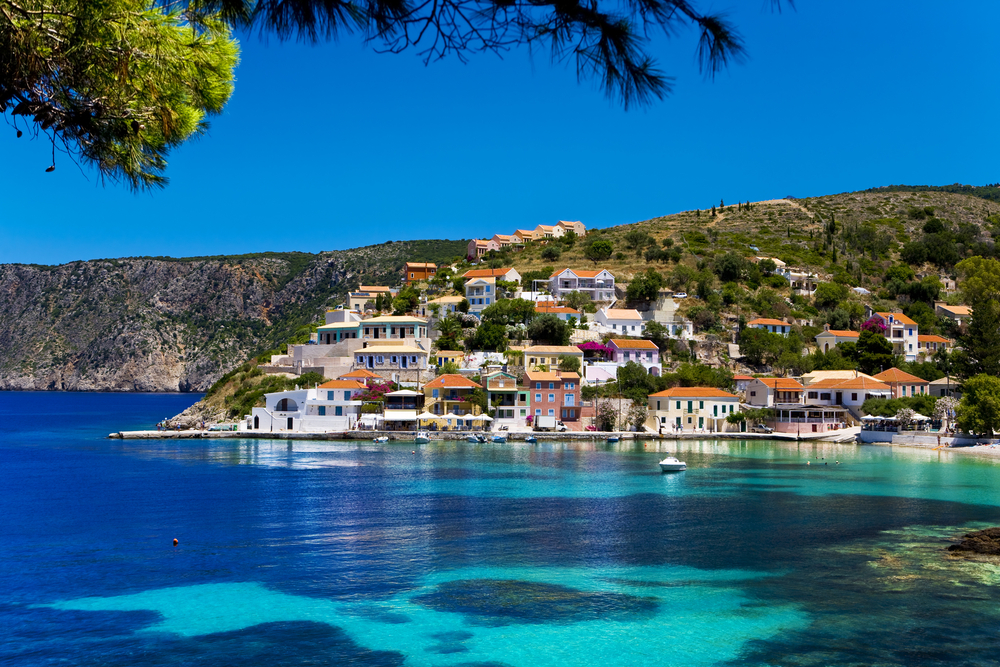
Louis de Bernière’s worldwide bestseller ‘Captain Corelli’s Mandolin’ (and later the movie) which was set on the island, turned its tourism industry upside down with the depiction of its natural beauty and clear sapphire waters. Myrtos is its most popular beach, but the stunning natural beauty of this island away from the coast is the show-stopper. The two main towns are Lixouri and Argostoli (that fiercely rival each other), while Sami and Fiscardo villages are where the movie was set and a must-see.
Drive along the beach, with pit-stops for heritage
Corfu
This northern Ionian island has influences ranging from Venetian to French, Italian and British. Corfu Town, with its two fortresses, is a UNESCO World Cultural Heritage Site. The locals vote Glyfada as the island’s best beach. Palestrikaeo, with its pine-covered hills and hidden coves, is definitely Corfu at its most scenic. To the southwest, you have Agio Giordos and Agio Georgios, two excellent beaches that are connected by a beautiful, scenic, mountain road.
Do nothing but lounge
Skiathos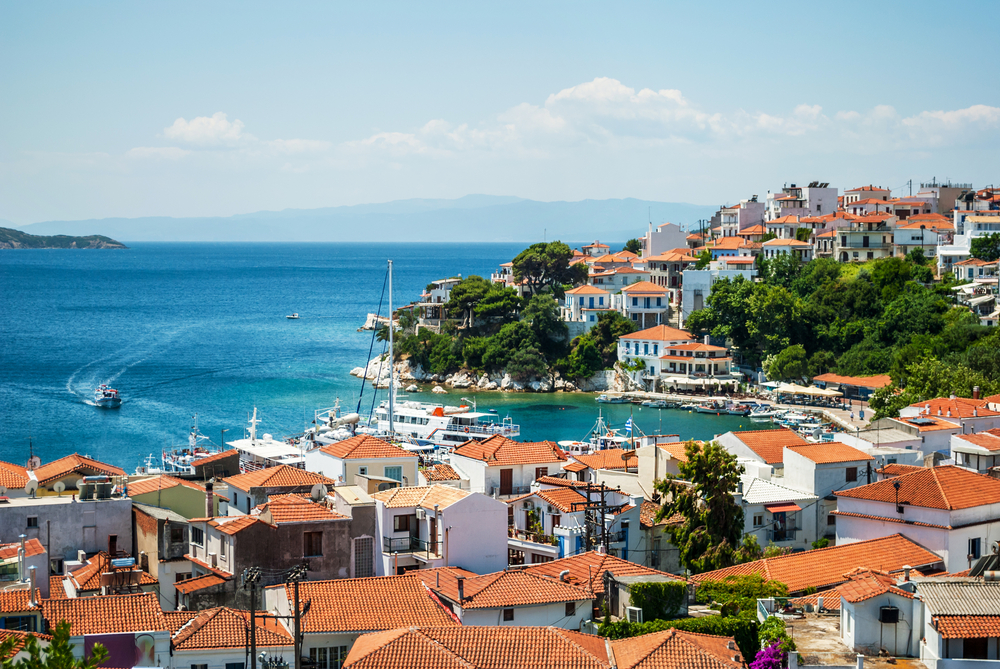
Take a history lesson
Rhodes
Once home to the ancient Colossus, Rhodes today is noted for its wonderful medieval town and capital, Rhodos (a UNESCO World Heritage Site). There are a number of museums to get your cultural fix between days on the beaches and hedonistic nights out. The island of Rhodes is also considered the most charmingly urbane island of them all. For stunning bays and coves, and an imposing acropolis overlooking them all, visit the delightful village of Lindos, 52 km away.
Go swimming by day, partying by night
Ios
Just a short ferry ride from Santorini, Ios is famous as a party island and for Mylopotas Beach, thought to be one of the finest in Greece. Enjoy the numerous watersports on Mylopotas, and wine and dine at its varied multi-cuisine restaurants. Maganari, a beautiful isolated beach, is where you go to get away from civilization for a few hours, lolling on its pristine white sands and swimming in its turquoise waters. One of the beaches is named No Windy Beach, a hint that the others are not quite as sheltered.
Experience ‘real Greece’
Sifnos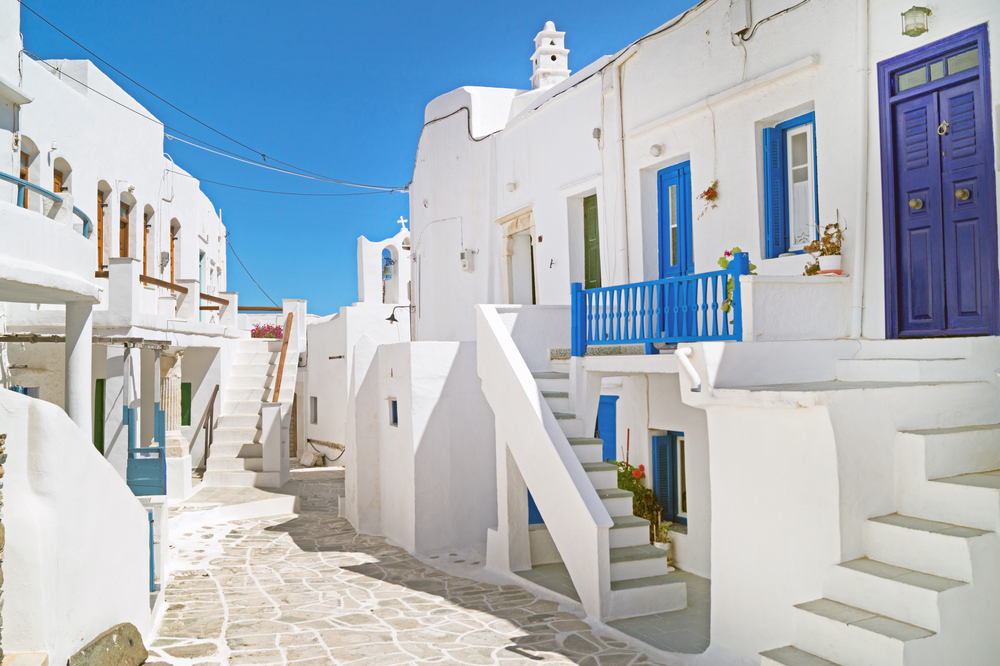
Get the all-in-one Greek experience
Lesvos